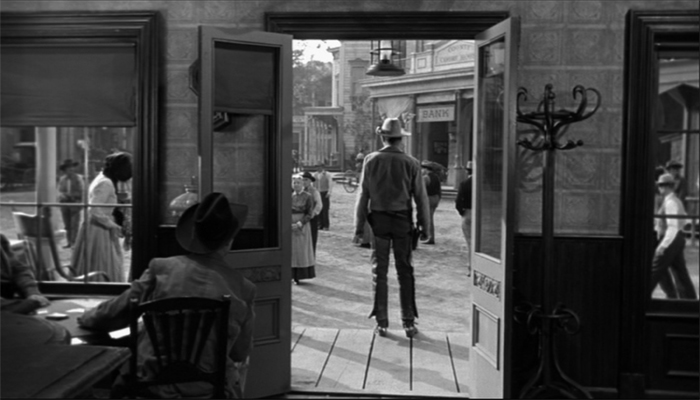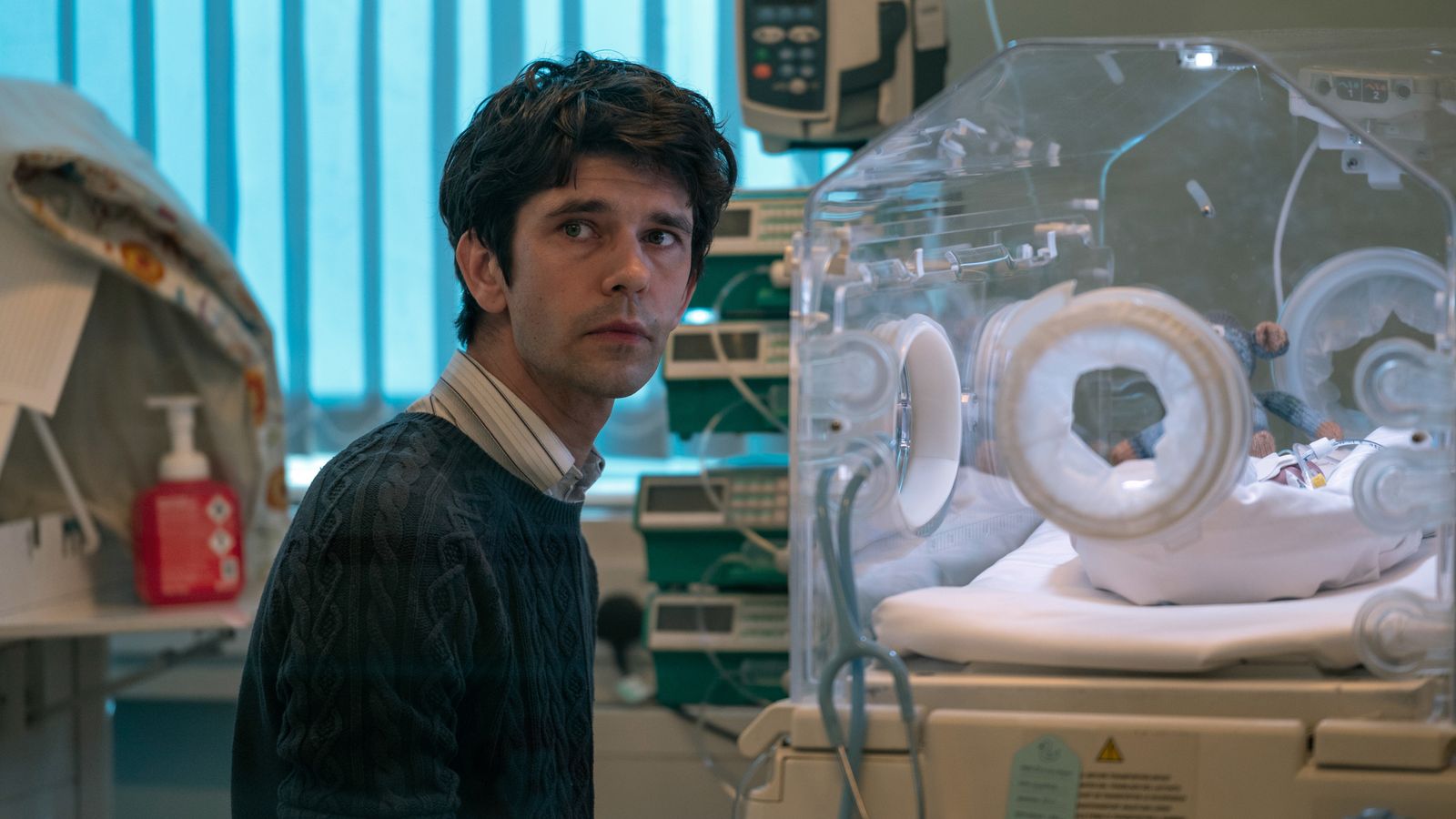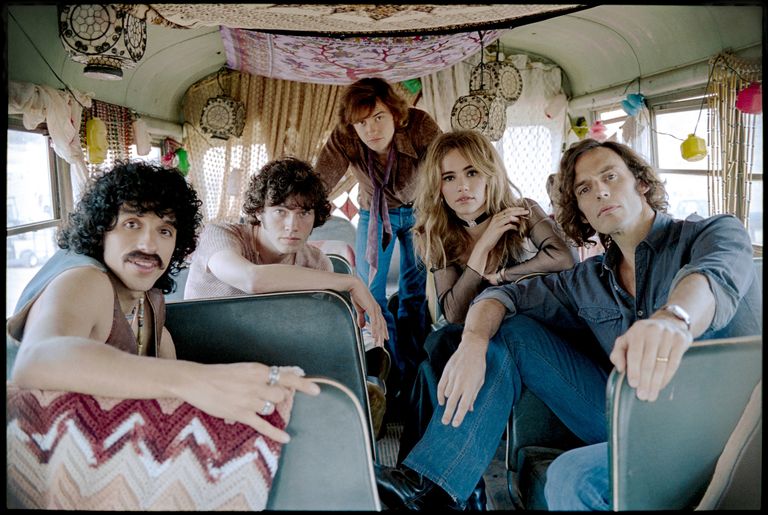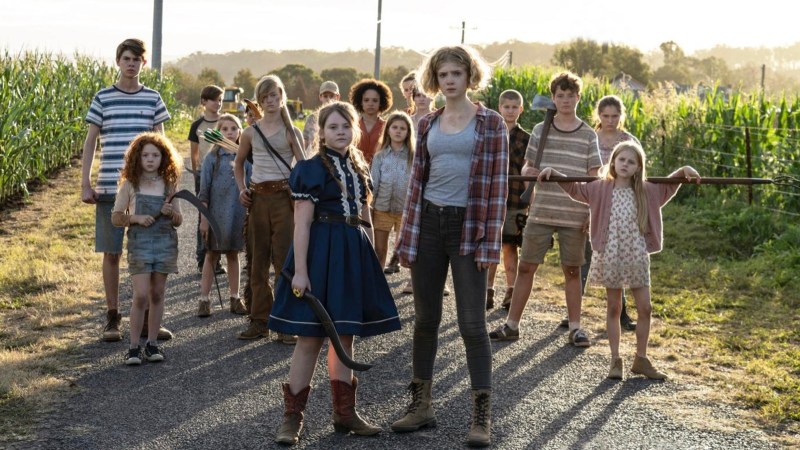Tin Star (1957).
DB here:
Type “scriptwriting” on Amazon and you’ll get over 6,000 hits. Some of these books will be biographies of writers or scripts of released films. But there are still a huge number of DIY books with titles like How to write a movie in 21 days AND Writing scripts that sell. Many people seem to be only one manual away from a finished script.
The script manuals are suspicious. Can it really be that easy? Wouldn’t that be a scammer’s paradise? A successful writer would hardly share trade secrets, so most of these books would be written by nerds and would-bes. And if you read enough instructions, you’ll see the inevitable repetition of clichés. Make your hero “relevant”. Sustain conflicts. Try a turn.

It can be paralyzing to read them, but if you’re interested in how filmmakers tell stories, sometimes they can open your mind. Or so I will argue.
DIY scripts
The wave of textbooks surged in the 1910s as the nascent American studio system sought out talent. The tide receded between 1930 and 1960, when screenwriting was wage labor under this system. But as filmmaking became “independent”, ambitious people outside the industry were able to break in with an original script. Textbooks, most famously Syd Field Scenario (1979), began to appear, and the self-help market expanded. Field’s book remains in circulation today, among many competitors.
What should film scholars do with textbooks? Skepticism is justified. Literary scholars usually do not take into account self-help books and columns Writer be important evidence. But in other fields, textbooks are valuable documents. Art historians study textbooks on composition, color preparation, and other techniques. Musicologists find evidence in primers for sonatas and fugues. In essence, when we want to study craft practices, we look for whatever evidence we can find about the range of choices available within the tradition.
If your research touches on questions of style, you may find it instructive to explore how practitioners choose solutions to practical problems. This means that textbooks can point us to standards. I have argued that standards are like menus with more or less preferred options for material treatment. We have developed this point of view in ours Classic Hollywood cinema, and now it seems well established that textbooks can sometimes point us to tacit norms of construction or visual style. For examples of how this might work, see Kristin’s Storytelling in New HollywoodMy The way Hollywood says it and Patrick Keating Hollywood lighting from the silent era to film noir. Many of our blog posts have also explored these paths. For storybooks, we just have to be extra careful to distinguish between valuable data and bilge – which means comparing the rules in the manual to many movies.
And we shouldn’t expect manuals or professional journals to identify every standardized device. For example, writers now love to start scenes where friends greet each other with “Hey” and “Hey,” but I doubt there’s an explicit decision to avoid “Hi.” Likewise, I’ve never found anyone writing in the classical era who mentions the common Hollywood double-plot style, with one line of action devoted to goal-oriented action and the other, co-dependent, devoted to heterosexual romance. Even the fairly extensive classic 180-degree editing system has apparently not been described anywhere; it was learned by imitation and strengthened because it was economical and efficient. People can learn and follow rules that are simply taken for granted as “the way we do things”.
I think my penchant for textbooks owes much to my longstanding attachment to one item I saw in a 1913 guidebook. J. Berg Esinwein and Arthur Leeds Writing a photo show contains many clues to the standard practices of the period, but one of their diagrams changed my basic approach to silent film technique.

Movie scene
In the late 1990s, I became interested in the norms of staging scenes in early film. I assumed that filmmakers needed to focus on the action without the benefit of a closer shot, so I tried to be simple in detailing the staging choices that could guide the viewer’s eye.
Many choices could be called “theatrical”. Lighting and setting can emphasize an actor’s gesture or facial expression. Performance factors also worked, especially since the actors usually faced the viewer. The filmmakers’ reliance on these guidelines seemed to confirm the standard impression that the early film was less “cinematic” than the one that came later.
However, purely pictorial factors also came into play – especially the placement of figures throughout the painting. The composition of the frame, as in painting (and theater), played a key role in directing our attention.
There was something else. I was fascinated, for the reasons outlined here, by the depth many of the scenes in the “tableau cinema” showed. Here is a short example from Alfred Machin Black diamond (1913). The entire film is available at the Belgian Cinematek.
Luc’s young secretary is accused of stealing a missing diamond. He maintains his innocence, but the prosecution will force him to leave the country.
All the tips I mentioned work here: central character placement, forward-facing characters, eye-catching gesture, favorable placement (back doors and curtains highlight Luc’s arrival), and so on. In addition, a tunnel of information breaks through the frame, leading from a distance and ending with the action in the foreground.
But this tunnel could not be called “theatrical”, because if the action was on a stage, not all spectators would have the optimal view depicted in the shot. Most of the audience just couldn’t see this alignment of the players. Theatrical staging is usually lateral and quite shallow, allowing people sitting in different seats to see the stage. A good part of planning a stage production is calculating line of sight. But there is only one line of sight in the film, the one from the camera lens.
We usually see the film space as a cubic, a room with the fourth wall missing. In fact, the space of the game – which Esenwein and Leeds call the “photograph scene” – is a tapering pyramid, the end of which touches the lens. Because the film image captures the optical projection, the space is narrow but deep. The authors present a diagram of the scene to be explained. (For clarity, I’ve removed some of their annotations; the full version is on page 160 of their book.) The result is a wedge shape that cuts into the wide space of the theater stage.


